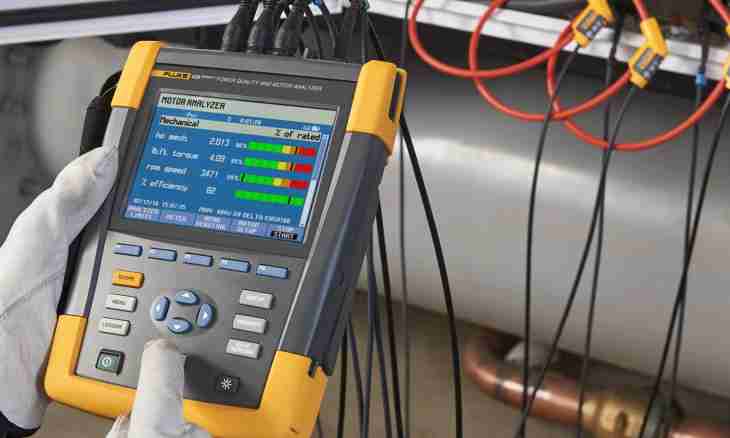Electric power is called the amount of the energy transformed from electric to other form or from other form in electric per unit of time. If the amount of energy is expressed in joules, and time - in seconds, private these sizes will give power in watts. But basic data can be also others, for example, the current and tension.
It is required to you
- Calculator
Instruction
1. Transfer all sizes specified in a statement of the problem to SI units. So will make more conveniently further calculations, and the result will turn out also in terms of this system. For example, if current in conditions is set in milliamperes, it should be transferred to amperes, tension in kilovolts - in volts, etc. For example, if in a condition it is told that tension on loading is 0.6 kV, and the current consumed by it - 250 ma, after transfer to SI units will turn out, respectively, 600 V and 0.25 A. The amount of energy is often expressed in stand-alone units - calories and kilowatt-hours. One calorie is equal 4.1868 joules (kilocalorie, respectively, 4186.8 joules), and one kilowatt-hour - 3,600,000 joules.
2. The most frequent case - when tension and current are specified in statements of the problem. Then, to learn power, it is enough to increase these sizes at each other (P=UI). For example, having taken basic data from the previous step, increase 600 V by 0.25 A and receive 150 W - loading consumes so much.
3. Slightly less often in tasks other set of initial sizes - the current and resistance meets. For example: load current is equal 0.4 A, resistance of loading is 100 Ohms. In this case in the beginning calculate tension on loading under the law of Ohm. It is equal to the work of current on resistance (U=IR), therefore, 0.4 A * 100 Ohm = 40 V. Teper a task are brought together to previous: increase current (0.4 A) by tension (40 C) also receive the power equal of 16 W.
4. The condition contains values of tension and resistance in problems of other look. For example, tension on loading is 150 V, and its resistance is equal 200 Ohms. And here in the beginning use the law of Ohm, but as an unknown is current, transform a formula of U=IR so: I=U/R. Divide 150 V into 200 Ohms, and 0.75 A will turn out. Now increase 150 V by 0.75 A, and 112.5 W will turn out.
5. The following type of tasks - on calculation of the power which is not transformed by the loading from electric to other form and, on the contrary, transformed by the generator from other form to electric. Here for calculation of power it is necessary to increase current by tension again. For example, in a condition it is told that the wind generator at the moment develops tension in 24 V, and the current consumed from it makes 3 A. Increase 24 V by 3 A, and 72 W will turn out - such power is given by the generator.
6. Also basic data can be the following: amount of the energy consumed by loading (or developed by the generator) and also a period for which this energy is consumed or it is developed. For example, 10000 J for 100 pages are developed or consumed. Divide amount of energy for a while, and power will turn out: 10000 J / 100 with = 100 W.
7. And the last type of tasks - when in a condition the power arriving on the generator in a form, other than electric and generator efficiency is set. For example, the power of light falling on the solar battery is 600 W, battery efficiency - 8%, or that the same, 0.08. What is the power given by the battery to the coordinated loading equal to? Increase 600 W by 0.08, and 48 W will turn out. Little more difficult example: density of power of light is equal to 600 W on square meter, the area of the solar battery - 1.5 square meters, efficiency - 10% (0.1). In this case multiply all three sizes: 90 W will also turn out 600*1.5*0.1.
8. Having solved any of tasks, transfer if it is required, the turned-out power in watts to other units, for example, milliwatts, kilowatts.

